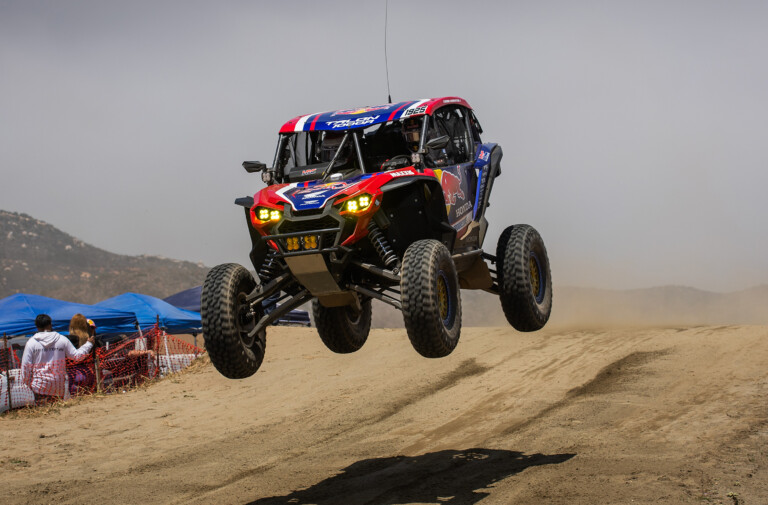One of the first steps a rookie will take to improving their driving ability is to gain an understanding of the racing line. Generally speaking, the straightest line is the quickest line through the corner. By using the full width of the road allows for driving the straightest line through the corner. While these basic truths are widely understood, there are a number of variables which determine the fastest way through a corner in the real world.
The pros here discuss the method by which they find the ideal line. First, a driver will consistently place the car at the right turn-in points, apexes and track-out points lap after lap. This is known as “connecting the dots”. Then bumps, cracks and surface conditions must be considered. Bumps and cracks can throw the car sideways, damage the car or cause the driver to lift off the throttle and they should be respected when not avoidable. Surfaces affected by oil, rubber or water can seriously affect the speed at which a driver can go through a corner.
Lines are also determined by the corners and straightaways which surround them. In a sequence of corners, the fastest corner usually takes precedence and therefore the line through the connected slower corners will be compromised so as to ensure the fastest speed. Straightaways are arguably the most important part of a road course because speed is easily gained by driving well onto, and exiting straights. Smart drivers will determine where they can capitalize on these easy gains and adjust their line accordingly.
In order to be really quick, these drivers take all sorts of considerations when choosing their line. Though it is often dictated by what the group does, the line can be augmented to gain a few miles an hour here or there. Though this doesn’t sound like much, it is a compilation of these small gains that means the difference between a winner and a loser.






















